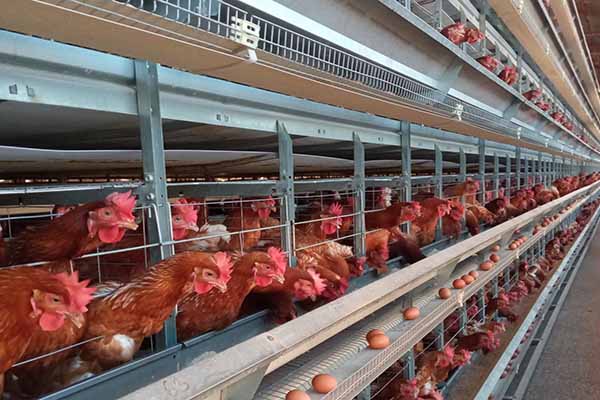What’s the Cost Difference Between Manual and Automatic Cages in Poultry Farming?
Introduction
Poultry farming is a vital industry that involves raising chickens for meat or eggs. One critical aspect of poultry farming is the type of cage used for housing chickens. The choice between manual and automatic cages can significantly impact the overall cost and efficiency of the farm. This article aims to provide an overview of the cost differences between these two types of cages.
Manual Cages
Manual cages are traditionally used in poultry farming. They are generally less expensive to purchase and maintain. However, they require more labor and time for daily management, such as feeding, cleaning, and collecting eggs.
– Initial Cost: Typically ranges from $1 to $5 per cage.
– Maintenance Cost: Can be lower due to minimal mechanical parts.
– Labor: Requires more labor, leading to higher operational costs.
Automatic Cages
Automatic cages, on the other hand, are designed to automate the process of poultry farming. They can be more expensive initially but offer efficiency and cost savings over time.
– Initial Cost: Can range from $5 to $20 per cage, depending on the complexity and features.
– Maintenance Cost: Higher due to mechanical parts, but can be offset by lower labor costs.
– Labor: Requires less labor, potentially reducing operational costs.
Comparative Analysis
Below is a table comparing the cost differences between manual and automatic cages over a period of three years:
| Year | Number of Cages | Initial Cost (Manual) | Initial Cost (Automatic) | Maintenance Cost (Manual) | Maintenance Cost (Automatic) | Total Cost (Manual) | Total Cost (Automatic) |
|——|—————–|———————–|————————–|—————————|—————————–|———————|————————|
| 1st | 100 | $100 – $500 | $500 – $2000 | $100 – $200 | $200 – $400 | $200 – $700 | $700 – $2400 |
| 2nd | 100 | $0 | $200 – $400 | $100 – $200 | $200 – $400 | $100 – $400 | $400 – $800 |
| 3rd | 100 | $0 | $200 – $400 | $100 – $200 | $200 – $400 | $100 – $400 | $400 – $800 |
As shown in the table, the initial cost for automatic cages is significantly higher than manual ones. However, when considering the total cost over three years, the difference can be narrowed, especially when factoring in labor savings.
Conclusion
The choice between manual and automatic cages depends on various factors, including the scale of the farm, budget, and the specific needs of the poultry operation. Automatic cages offer efficiency and potential long-term cost savings, while manual cages may be more suitable for smaller operations or those with tight budgets.
For further guidance and to get a free poultry farm design and equipment quotation from LIVI, please leave a comment or contact us directly. We are here to help you make an informed decision for your poultry farming needs.





